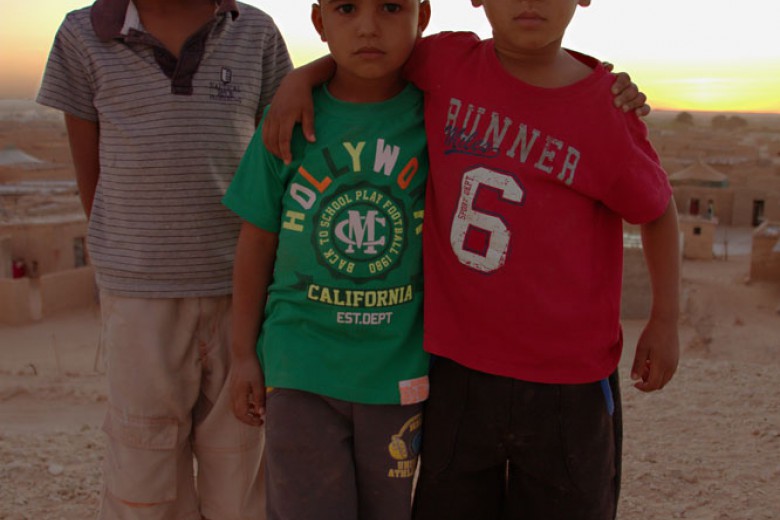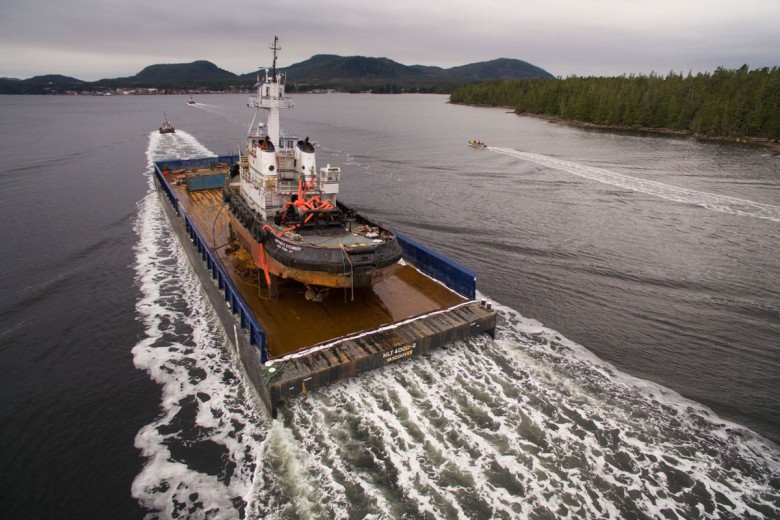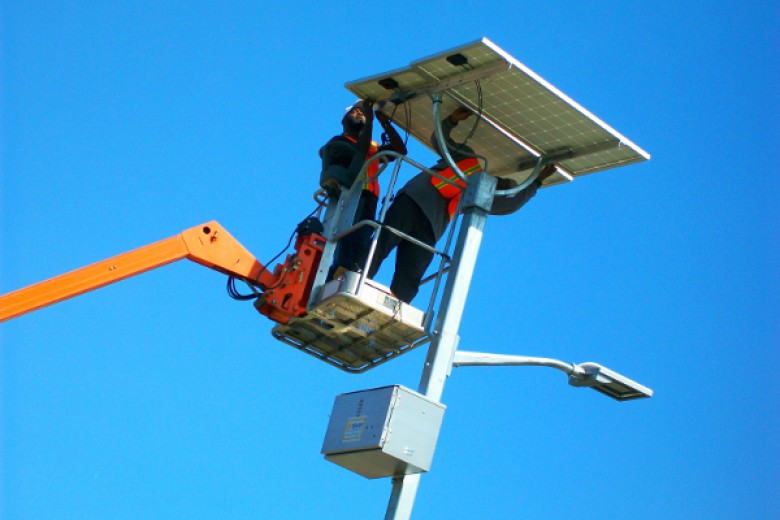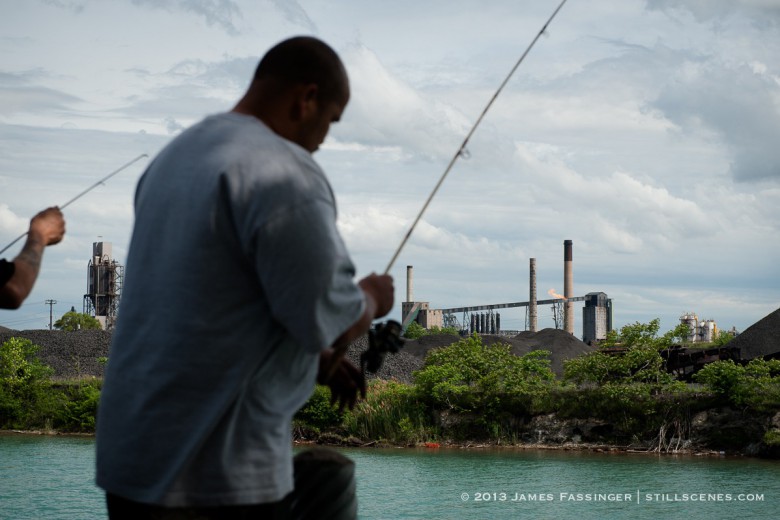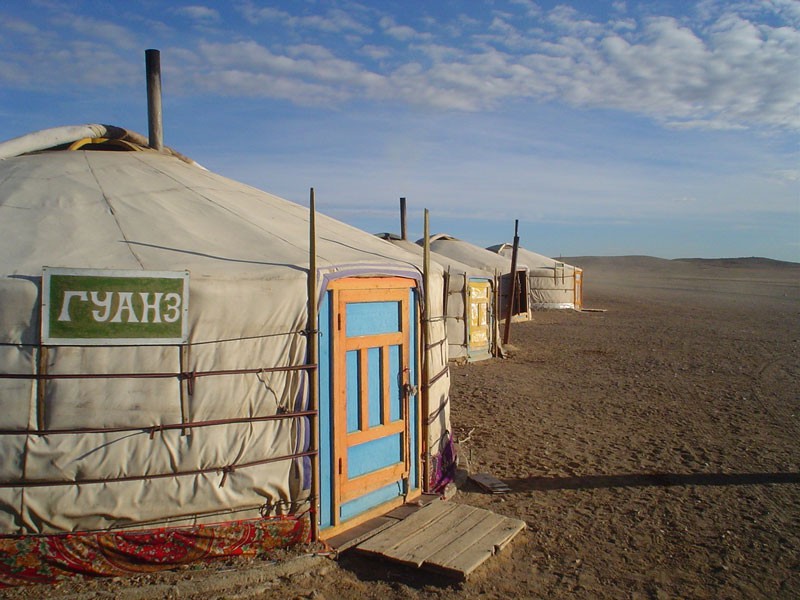
Conventional wisdom tells us that because Finland is wealthy, its citizens have the necessary resources to take action on environmental issues – that prosperity and a healthier environment go hand in hand. Unfortunately, the world doesn’t work this way.
The mercury hit 99 degrees celcius. The steam hit my eyes and Uncle Reijo started talking about snow.
The European Union (E.U.), Uncle Reijo explained as we sat and sweated in a Finnish sauna, had recently devised a standardized set of planting guidelines for all 8.6 million of its farms, stretching from Portugal to Finland. Corn, the guidelines stipulated, was to be planted in early spring. A stubborn farmer he knew responded by planting a corn seed in the Finnish snow at the proper date, snapping a photo and sending it to the E.U.
We shared a laugh at the universal depths of bureaucratic myopia. In the silence that followed, I decided to try my one Finnish phrase.
Kylla, luonto on kaunis, I said, looking through the sauna window. Nature sure is beautiful. Uncle Reijo nodded.
Finnish environmentalism…
Finns take great pride in their country’s vast tracts of wilderness. Seventy-six per cent of Finland is forested; 10 per cent, comprised of nearly 190,000 lakes, is inland water. Finns are fond of quantifying their values with a simple comparison: “In Finland, there are more saunas than cars.”
That love of nature is evident in the country’s enviable environmental policies. In a recent Report on Business article, Canadian writer Konrad Yakabuski raved about how Finland’s forest industry, supplied mainly by individual woodlot owners, was putting its boots to the behind of Canada’s old-fashioned, big-money clear-cutters. Finns are also preparing for a lower-carbon future by switching to cleaner-burning peat-based fuels, which currently account for 27 per cent of primary energy production. An incredible 90 per cent of Finnish farmers have signed up to reduce pesticide and chemical fertilizer use.
The Finns I’ve spoken to (both in Finland and expatriates living in Canada) attribute their homeland’s strong environmental policy framework to that love of nature. Elise Sahivirta, legal advisor for the Finnish Ministry of Environment, sums up the equation nicely: “Finns value a healthy, clean environment, and so its protection through the setting of laws and limits is easy to accept.” As a result of such regulations, Finland was ranked the greenest nation on earth in a 2007 Reader’s Digest study.
If the Finnish environmental policy framework has a fatal flaw, however, it is the overconfidence born of its relative successes compared to other countries. In national and international surveys, only one in five Finns sees environmental problems as a “very serious issue,” one of the lowest rates in the world. Finns are generally unwilling or unable to see automobile use as an environmental risk. There may be more saunas than cars, but that’s more a testament to the popularity of saunas than the unpopularity of cars. Finland ranks 21st in the world in cars per capita, higher than the U.K. Finns love their cars as much as the rest of the western world.
Finns are also among the most reluctant to pay higher taxes or prices for sustainability, or accept “polluter pays” policies. Finland’s corporate taxes are extremely low. In return, corporations create, adopt and market trendsetting technologies to tech-savvy Finns. The Finnish economy is proudly driven by Finnish innovation, and Finns have understandably become obsessed with cell phones, satellite hookups and time-saving devices. In the April 2009 issue of The Atlantic, travel writer Trevor Corson claimed that the Finnish love of simplicity shines even as modern house-sized and fully equipped cottages replace the old-fashioned, off-grid red shacks that pepper the landscape.
The truth is, with prosperity comes heavy consequences for the nature Finns love, even though most of them will never face those consequences. The point of impact is too far away, in what might seem to Finns like the middle of nowhere. Finns, like most of us living in rich nations, don’t see the damage their consumerism exports to poor supplier nations desperate to cut, slash, drill and assemble whatever commodities they have for some much-needed foreign currency.
…meets Mongolian ecology
A few months after leaving Finland, I found myself 4,000 kilometres and hundreds of ecosystems away, in Mongolia’s Gobi desert, more struck by the parallels than the differences between the two countries. Mongolia and Finland have a surprising number of things in common. There is a shared linguistic heritage, a shared fear of the Russians, state-driven egalitarianism, a small and scattered population and a cultural identity that is tied to the land.
As B. Chimed-Ochir, head of World Wildlife Fund’s Mongolian office, once wrote, “Mongolians do not need to be told that their well-being depends on a healthy environment. We are a people whose ancestors lived close to the land, dependent on nature for daily needs for countless generations. The idea of environmental conservation is deeply embedded in the national identity.” The record supports Chimed-Ochir’s claim: Mongolia boasts what is likely the world’s oldest protected land, Khentii Khan Mountain, a revered holy mountain that Genghis Khan declared free from human exploitation. The explorer Marco Polo noted that hunting in Mongolia was taboo during mating season, an effective conservation measure still practiced.
Today, about half of Mongolia’s population is directly dependent on the land. With a million nomadic herders and their 32 million animals, Westerners might imagine a troubled landscape. Yet, the consensus among Mongolian environmental specialists is that only seven per cent of pasture land is degraded by human activities. The Asian Development Bank, however, estimates that 70 per cent of Mongolia’s pasture land is degraded. To explain this discrepancy, Cambridge University’s David Sneath argues that the Bank’s figure has been vastly inflated in order to justify land privatization policies that radically depart from Mongolia’s 800-year-plus history of systematically sharing the commons. In a practice that mimics the symbiotic relationship that has evolved over millennia between grasslands and grazing herds, nomadic family groups move four times a year with their animals, inhabiting one piece of steppe, desert or mountain until it has been fully grazed, then moving on to let it regenerate.
Whether the actual rate of degradation is seven per cent, 70 per cent or somewhere in between, more serious trouble has now befallen Mongolian lands. Since the fall of Soviet-style communism in 1990, Mongolia has attempted a slow transition to individualized, settlement-based land ownership. Newly appointed landowners have been assigned single plots of land for year-round grazing. The consequences include depletion and contamination of water sources, deforestation and overgrazing, and increased poaching of wild animals after the land has gone barren. Those barren lands are also more susceptible to severe weather. As a result, the desert is expanding, eating into land that has sustained life for thousands of years.
Then there are the mines: eye-straining swaths of barren lands criss-crossed by some of the country’s few paved roads. These barrens have replaced the people, animals, rivers and hillsides that once existed there. The land has been blasted away by water cannons; the rivers have been dredged or diverted. Many of Mongolia’s rivers have been run dry by mining operations, and much of the groundwater that herders rely on has been contaminated by mercury and other mining chemicals. This is where the interconnectedness of Finnish innovation and Mongolian degradation is most evident.
The greatest thing separating Finland and Mongolia is neither distance nor culture, but money – or the lack of it. In its game of debt-driven catch-up, seeking to pay for the advice of consultants from the Asian Development Bank and other international lending bodies, Mongolia has become heavily dependent on its environmentally destructive mining industry.
Mineral exploration and extraction licences now claim almost a third of Mongolian territory, threatening existing and proposed protected areas and wildlife. Mined resources like copper (Mongolia boasts the largest copper mine on the planet), silver, gold, tin, fluorspar (commonly used in camera lenses) and tungsten (commonly used in the energy-efficient light bulbs environmentalists love) are Mongolia’s only major export and its most stable source of revenue. Mining drives the growth of the capital city of Ulanbaatar, where Mongolia’s limited financial district is concentrated. Canada’s own mining giant, Ivanhoe Mines, has staked its future on mining Mongolia’s sensitive Gobi Desert. Another Canadian mining giant, Cameco, is active there, along with several Canadian joint-venture extraction companies partnered with Malaysia and China.
Under pressure from international lending groups like the Asian Development Bank, Mongolia has racked up enormous debt (75 per cent of gross national product) in its efforts to shift away from the pastoral life and toward urbanism. Mining is driving this change, and the industry is growing at around 10 per cent a year, increasing output 1,500 per cent in the last decade. Mongolia’s largely unregulated mining industry is destroying buffer zones, depleting endangered wildlife habitat and severely polluting land and water, gradually destroying what had been a sustainable and vibrant pastoral economy spanning 800 years of nationhood.
Enter the dragon
Although many Finns will never see or even think about such faraway environmental destruction, they are active participants in it. Finland imports more than $10 billion in minerals and related products a year, and is highly dependent on imports of raw materials. Increasingly, these products come from mines throughout Asia, which supply more than 80 per cent of Finland’s imports from developing nations. As part of its policy of enticing developing nations to provide its raw materials, Finland recently granted Mongolia “most favoured nation” trading status, reducing tariffs and committing to a long-term trade relationship between the two nations.
Still, Mongolia’s capital-city capitalists have their eyes on an even bigger prize. China is Finland’s third-largest trading partner and its largest in Asia. China accounts for more than half of Asia’s total exports and is becoming an increasingly important supplier of Finland’s electronic and motorized devices. Largely driven by China’s growth, Asia has overtaken the European Union as the biggest provider of high-tech imports in the world.
Finland designs products, China puts them together and Mongolia provides the copper to Chinese factories that produce the wires, computer parts and motors. China has surpassed the United States as the biggest user and importer of copper in the world. Home to some of the largest copper finds in recent years, Mongolia has become, in the words of Canadian Robert Friedland, Chairman of Ivanhoe Mines, the “holy grail of low-cost copper” for China. To ensure Mongolia’s co-operation, China provides aid in the form of multi-million-dollar infrastructure projects. Mongolia has responded with investor-friendly mining laws and multiple exceptions within its once-protected lands.
Why the twain will never meet
Conventional wisdom tells us that because Finland is wealthy, its citizens are more concerned with environmental issues, and as a result, the environment presumably wins. But when viewed through a global lens, it is apparent that this is a fantasy that only fuels ongoing environmental devastation. Now more than ever, economic development and its consequences transcend national borders.
Of course, my beloved Finnish cousins are not unique in this regard. Every time I return to Canada from poorer countries, I am shocked by our conspicuous wealth and consumption, and by how our houses have tripled in size in the past 50 years to hold all the new things we work so hard to acquire. Canada is a far bigger exporter of environmental problems than Finland, even though Canadians express more concern over environmental problems than do the Finns. Until this recession, according to National Geographic‘s Greendex polling, Canadians were the only people in the world identifying, unprompted, the environment as a higher priority than the economy. Canadians consistently rate protecting the environment as one of our most important public policy goals.
However, like Finland, we love our cars, our gadgets, our big houses and the things we fill them with. Canada ranks second-to-last on the Greendex in four areas of consumer behaviour: housing, transportation, food consumption and goods. Only 20 per cent of us say we’re doing something to reduce our environmental impact – and only 10 per cent of us feel any guilt about that.
Meanwhile, as former Canadian trade minister David Emerson has boasted, “we have a substantial number of Canadian mining companies that are involved in Mongolia.” Our involvement drives the mining of Mongolia’s protected and ancient lands. We often employ Finnish engineers, but rarely Mongolian ones, in the process. At the same time, we have exported much of our manufacturing sector and its toxic environmental impact to China, quadrupling our Chinese imports in less than a decade.
In a place that boasts vast wilderness areas and vast monetary wealth, it’s deceptively easy to argue that increased prosperity results in reduced environmental destruction. It’s easy to ignore the fact that, as is the case in so many other developing nations, Mongolia’s desperate efforts to feed the economic machinery of richer countries have wrought its first genuine ecological crisis.
The environmental policies of rich nations and international lending institutions fail to account for what matters most in sustaining the environment. It’s not money; it’s not exports or imports, and it is not the empty platitudes of wealthy environmentalists professing their love for nature while destroying it from afar. What matters most is the nature of our relationships with the lands and waters that sustain us, however near or far they may be. Those closest to the land, including Mongolian herders, know this best. Any policy, educational campaign, or investment in trade, development, or sustainability that fails to account for this situated knowledge is not part of the solution, but part of the problem.
In other words, until we stop exporting our environmental impact to poor countries while importing their natural wealth, we can hardly call ourselves green.


